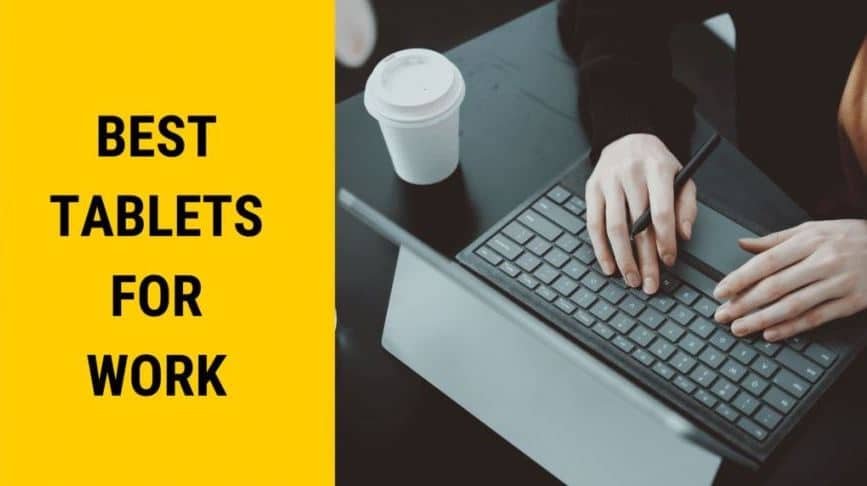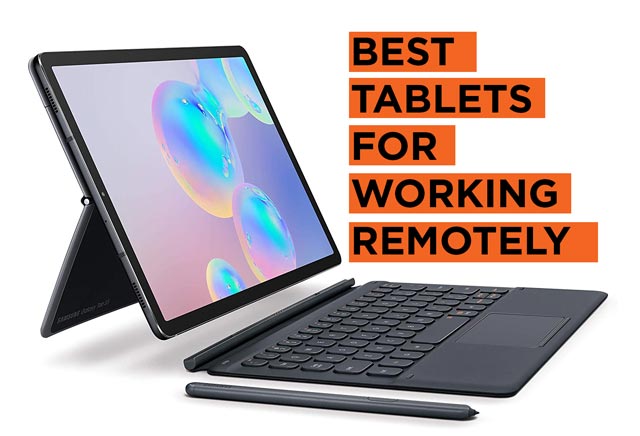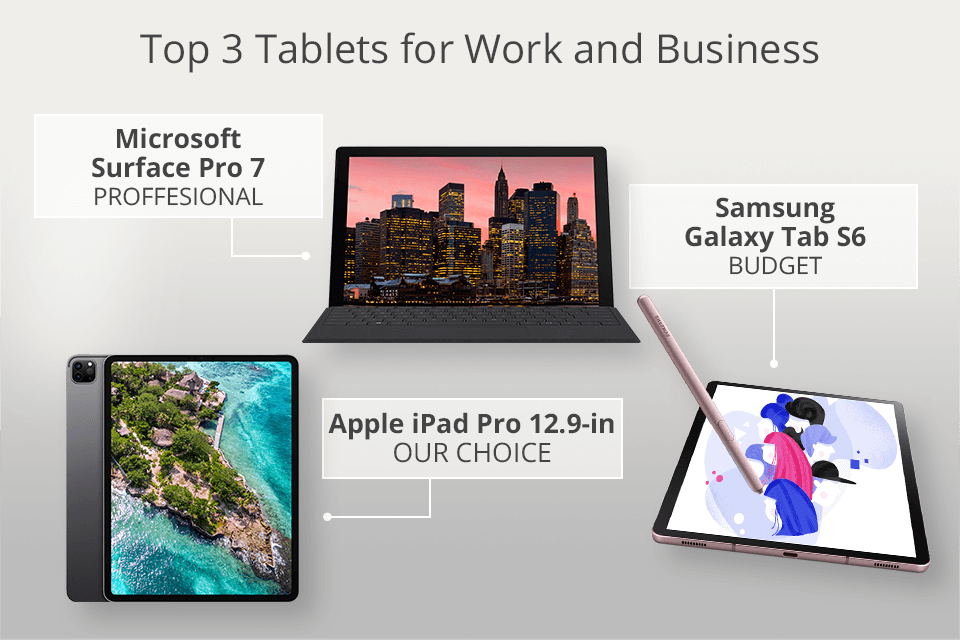Best Tablet For Work At Home

Working from home has become the new normal for many, and a trusty tablet can be your secret weapon for productivity and flexibility. But with a dizzying array of options, how do you choose the best tablet for work at home that truly fits your needs? This guide is tailored for first-time tablet buyers navigating this exciting tech landscape.
Forget bulky laptops tethered to a desk. A tablet offers portability, versatility, and often, a more intuitive user experience for everyday tasks. We'll break down the best options, dissect the jargon, and help you make an informed decision without getting bogged down in tech speak.
Top 5 Tablets for Work From Home: A Quick Comparison
Here's a snapshot of the top contenders to get you started.
| Model | Price (USD) | Key Specs | Warranty |
|---|---|---|---|
| iPad Air (5th Gen) | $599 | M1 chip, 10.9" Liquid Retina display, 64GB storage | 1 year limited warranty |
| Samsung Galaxy Tab S8 | $699 | Snapdragon 8 Gen 1, 11" LCD, 128GB storage, S Pen included | 1 year limited warranty |
| Microsoft Surface Pro 9 | $999 (without keyboard) | Intel Evo i5, 13" PixelSense display, 256GB storage | 1 year limited warranty |
| Lenovo Tab P11 Pro Gen 2 | $400 | MediaTek Kompanio 1300T, 11.2" OLED display, 128GB storage | 1 year limited warranty |
| Amazon Fire HD 10 (2021) | $150 | Octa-core processor, 10.1" display, 32GB storage | 1 year limited warranty |
Detailed Reviews: Diving Deeper
iPad Air (5th Gen): The All-Around Champion
The iPad Air is a fantastic choice for most users. Its powerful M1 chip handles demanding tasks with ease. The bright and vibrant display is a joy for everything from video calls to creative work.
Apple's ecosystem offers a seamless experience, especially if you already own other Apple devices. However, the cost of accessories like the Magic Keyboard and Apple Pencil can add up quickly.
Samsung Galaxy Tab S8: Android's Premium Offering
The Samsung Galaxy Tab S8 delivers a premium Android experience. The included S Pen unlocks creative potential and enhances productivity. Samsung's DeX mode transforms the tablet into a desktop-like environment.
The user interface can feel overwhelming at times. But the tablet itself is well-built and offers excellent performance.
Microsoft Surface Pro 9: Laptop Replacement?
The Microsoft Surface Pro 9 blurs the line between tablet and laptop. Running Windows 11, it offers full desktop functionality in a portable form factor. It is ideal for users heavily reliant on Microsoft Office and other Windows-specific applications.
The keyboard is sold separately, significantly increasing the overall price. Battery life may not be as impressive as other tablets.
Lenovo Tab P11 Pro Gen 2: Best Value OLED
The Lenovo Tab P11 Pro Gen 2 shines with its stunning OLED display. It is perfect for media consumption and creative tasks. It offers a compelling feature set at a more affordable price point.
While performance is adequate for most tasks, it may struggle with demanding games or video editing. The software experience can feel a bit clunky at times.
Amazon Fire HD 10 (2021): Budget-Friendly Option
The Amazon Fire HD 10 is the most budget-friendly option on our list. It is suitable for basic tasks like browsing the web, checking emails, and streaming videos. It is great if your use is casual and price is the main factor.
The limited app selection and heavy integration with Amazon services might not appeal to everyone. Performance can be sluggish at times.
Used vs. New: Weighing the Pros and Cons
Buying a used tablet can save you a significant amount of money. Always inspect the device thoroughly before committing to a purchase.
Used Tablets:
- Pros: Lower cost, environmentally friendly.
- Cons: Unknown history, potential for hidden issues, shorter lifespan, no warranty.
New Tablets:
- Pros: Brand new condition, full warranty, latest features, guaranteed battery health.
- Cons: Higher cost, depreciation after purchase.
Reliability Ratings by Brand
Apple: Generally considered highly reliable, with excellent customer support. Known for long-term software updates.
Samsung: Solid build quality and good reliability. Samsung offers a wide range of devices at different price points.
Microsoft: Can be more prone to software glitches. Surface devices often require more technical knowledge to troubleshoot.
Lenovo: Generally reliable, especially at the mid-range price point. Known for offering good value for money.
Amazon: Budget-friendly devices that may not be as durable as premium options. Software updates are often limited.
Checklist: 5 Must-Check Features Before Buying
- Screen Size and Resolution: Consider your viewing preferences and the types of tasks you'll be performing.
- Processor and RAM: Ensure the tablet can handle your workload without lag or slowdown.
- Storage: Choose enough storage for your files, apps, and media.
- Battery Life: Look for a tablet that can last through a full workday on a single charge.
- Operating System: Decide between iOS, Android, or Windows based on your familiarity and preferred app ecosystem.
Summary: Making the Right Choice
Choosing the best tablet for working from home involves considering a variety of factors. Price, performance, features, and reliability all play a crucial role.
Think about how you plan to use the tablet, how much you're willing to spend, and which operating system you prefer. A thorough analysis is vital.
Consider long-term software support and warranty when making your final decision. All the features of the tablet should fit your work needs.
Ready to Upgrade Your Work-From-Home Setup?
Take the next step and explore the models discussed in this article in more detail. Visit your local electronics store or browse online retailers to compare prices and read user reviews. Invest in the right tool and unlock new levels of productivity and flexibility!
















